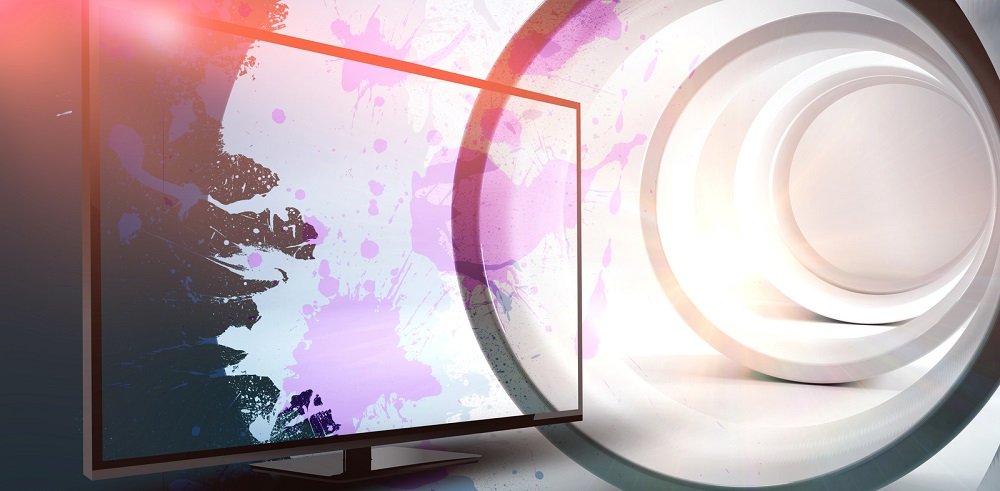Overdrive on a monitor is a feature that will enable the gamer to tweak the response time speed of the monitor to prevent ghosting or trailing of fast-moving objects. Simply overdrive on a monitor is just a Response time overdrive that allows you to push the monitor’s response time speed to decrease the trailing/ghosting artifacts behind fast-moving objects. Have you ever faced the problem of monitor ghosting?
For kind your information, the Ghosting in a display or computer-speak is a whole different phenomenon. If you saw blurs when you are playing fast-paced games, we can say that it is ghosting, and you should need to fix ghosting with response time overdrive. If you want to get knowledge about overdrive then this guide is very helpful for you. Do we have to explain all the basic information about how is overdrive on a monitor? You must read this article carefully. Let’s get started with the table of contents:
What is Overdrive On A Monitor?
Overdrive on a monitors or display ensures the reaction time, quickness, and speed of the monitor to increase the refresh rate. We can say that it is a gaming function or a setting that offers the user to adapt to the smooth flowing graphics. It helps to increase the already-existing refresh rate processing speed of your monitor. Infect, the Overdrive is designed to improve the reaction time of your monitor or display by a few milliseconds.
How should I use it?
Every monitor maker has its way of developing the internal settings, the overdrive settings depend on the kind of gaming monitor. But you should access the setting of overdrive on a monitor by entering the On-Screen Display (OSD) menu bar which is also called the OSD menu, there you will find the overdrive option. You can get the menu bar under the following headings: OD, Rampage Response, Response Time, or also Trace Free.
Why Does your Monitor Keep Going Black?
As we already explain Sluggish response time is a key way of ghosting on displays or monitors. Overdrive helps to boost the reaction speed of your monitor or display. The setting of overdrive differs according to the type of gaming display. However, the Response of Overdrive, Response Time Compensation, and other words are also used to describe it. That’s why your monitor keeps going back sometime.
What Does Monitor Response Time Mean?
The response time speed of your monitor indicates how fast a pixel can change from one color to another color. For example, a 60Hz monitor refreshes the graphic 60 times per second, so we can say that there are 16.67 milliseconds between two refresh cycles, this is the monitor response time.
If the response time of your monitor is slower than 60Hz that means a pixel takes longer than 16.67ms to change, now it will continue changing in the next frame, and that’s how you get visible trailing behind moving objects on the screen of your monitor.
Can overdrive damage your monitor?
Do most people think that overdrive can reduce the life of the monitor and also can damage the monitor by turning the Overdrive option to Strong? So, we must say Not at all, it will not shorten the life of the monitor and cannot damage the display but this is the fact that you’ll wind up with an obnoxious or an ugly inverted shadow.
The optional setting can be found in the middle of the overdrive range. Overdrive on a monitor is a feature. so it forces your monitor to give better performance, it will not harm the panel of a monitor with an overdrive function built to handle the higher and strong voltage and also enhance the reaction rate.

Should you turn off your monitor overdrive?
You should be careful about that so much overdrive can induce inverse ghosting and increase pixel overshooting. As it is recommended that you can just utilize the overdrive in display monitors if you saw extreme smearing there when are playing fast-paced games. And if you play high-end competitive games, the faster refresh rate overdrive will become the next critical setting to maintain a fluid gaming experience.
Can you use overdrive on your monitor?
It will depend on the quality of the monitor. So, uncommon and certain overdrive settings start so harshly that overshoot is visible even in its most basic form. If we talk about the technology underpinning overdrive advances then the visual artifacts become less noticeable. You can use the overdrive on a monitor or display. It provides a competitive advantage when you play sports titles where every millisecond matters.
Do all monitors have overdrive?
All monitors have not to overdrive options, and you can’t change the setting to have it. That’s true you cannot be able to modify it for reduced ghosting if your monitor doesn’t have it. When you go to the overdrive menu bar then, you’ll find a few overdrive levels to play with slow, normal, fast, and faster numbers.
Conclusion
However, all the monitors have their features and functions, especially if we talk about the more advanced models with smart choices and beautiful settings. And if you will comprehend them, then the usage of the display monitor becomes more valuable. We have explained all the benefits and information about the overdrive on a monitor.
You can take advantage of this article after reading it carefully. We must say, the overdrive improves the response speed rate, which eliminates the ghosting on the monitor. We hope so, this guide will help you a lot in this case!

![You are currently viewing [Tips 2023] What Is Overdrive On A Monitor and How Should I Use It?](https://wuschools.com/wp-content/uploads/2022/07/Overdrive-On-A-Monitor.jpg)


